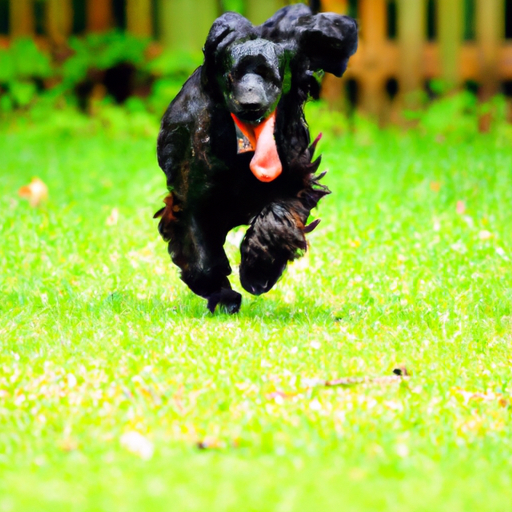Are you a proud dog owner who wants to ensure the lifelong health and happiness of your furry friend? Look no further! This comprehensive guide is here to provide you with valuable tips and insights on how to maintain your dog’s wellness. From nutrition and exercise to mental stimulation and regular check-ups, we’ve got you covered. Say goodbye to guesswork and hello to a healthier and happier dog!
Exercise and Physical Activity
The Importance of Exercise for Dogs
Regular exercise is crucial for maintaining the health and well-being of your dog. Just like humans, dogs need physical activity to stay fit, maintain a healthy weight, and prevent diseases such as obesity, heart disease, and joint problems. Exercise not only helps to strengthen their muscles and bones but also improves their cardiovascular health and mental well-being. It provides an outlet for their energy and helps to prevent behavior problems that can arise out of boredom or pent-up energy.
Types of Exercise for Dogs
There are several types of exercise that you can incorporate into your dog’s routine to keep them active and engaged. One of the most common forms of exercise is walking or jogging. This low-impact activity is suitable for dogs of all ages and sizes. Regular walks not only provide physical exercise but also mental stimulation as your dog explores their surroundings and encounters new smells and sights.
Other forms of physical activities include playing fetch, swimming, hiking, and agility training. These activities offer a great way to not only burn off excess energy but also provide opportunities for socialization and bonding with your furry friend. Additionally, interactive toys, such as puzzle games and treat dispensers, can mentally stimulate your dog and keep them entertained, especially when you are not able to provide direct supervision or playtime.
How Much Exercise Does My Dog Need?
The amount of exercise your dog needs depends on various factors such as their breed, age, size, and overall health. As a general rule of thumb, most dogs require at least 30 minutes to 2 hours of exercise every day. However, high-energy breeds may need more exercise to stay mentally and physically satisfied.
It’s important to note that puppies and senior dogs have different exercise requirements. Puppies have growing bodies and should engage in shorter, more frequent play sessions to prevent overexertion. On the other hand, senior dogs may have mobility issues and may require gentler exercise options such as swimming or short walks.
To determine the ideal exercise routine for your dog, it is best to consult with your veterinarian. They can provide specific recommendations based on your dog’s individual needs and help tailor an exercise plan that is suitable and safe for them.
Creating a Dog Exercise Routine
Establishing a consistent exercise routine is key to ensuring your dog receives the necessary physical activity. Start by incorporating exercise sessions into your daily schedule. This can include morning and evening walks, playtime sessions, or visits to the dog park.
When planning your dog’s exercise routine, remember to incorporate a mix of activities to keep them physically and mentally stimulated. This variety not only prevents boredom but also works different muscle groups and prevents overuse injuries. Be mindful of the weather conditions and adjust the intensity and duration of exercise accordingly. On hot days, opt for early morning or evening walks to avoid overheating, and on cold or wet days, engage in indoor activities or provide mental enrichment games.
Ideas for Fun and Engaging Exercise
Keeping exercise fun and engaging for your dog is essential to maintaining their interest and enthusiasm. Here are some ideas to make exercise enjoyable for both you and your furry friend:
-
Hide and Seek: Hide treats or toys around your home or yard and encourage your dog to find them. This activity engages their sense of smell and keeps them entertained.
-
Agility Training: Set up an agility course in your backyard using simple household items like cones, hula hoops, and small hurdles. Teach your dog to navigate through the course using commands and positive reinforcement.
-
Water Fun: If your dog enjoys swimming, take them to a nearby lake or beach for a refreshing swim. Remember to use a dog life vest if your dog is not a strong swimmer, and always supervise them around water.
-
Playdates: Arrange playdates with other friendly dogs to provide socialization and exercise. This can be done at a local dog park or even in your own backyard with a friend’s dog.
-
Tug of War: Engage in a friendly game of tug of war with your dog using a sturdy rope or a tug toy. This activity helps to strengthen their muscles and provides mental stimulation.
Remember, always monitor your dog during exercise sessions and adjust the intensity of activities based on their individual capabilities. If you notice any signs of fatigue or distress, take a break and consult with your veterinarian if necessary.
